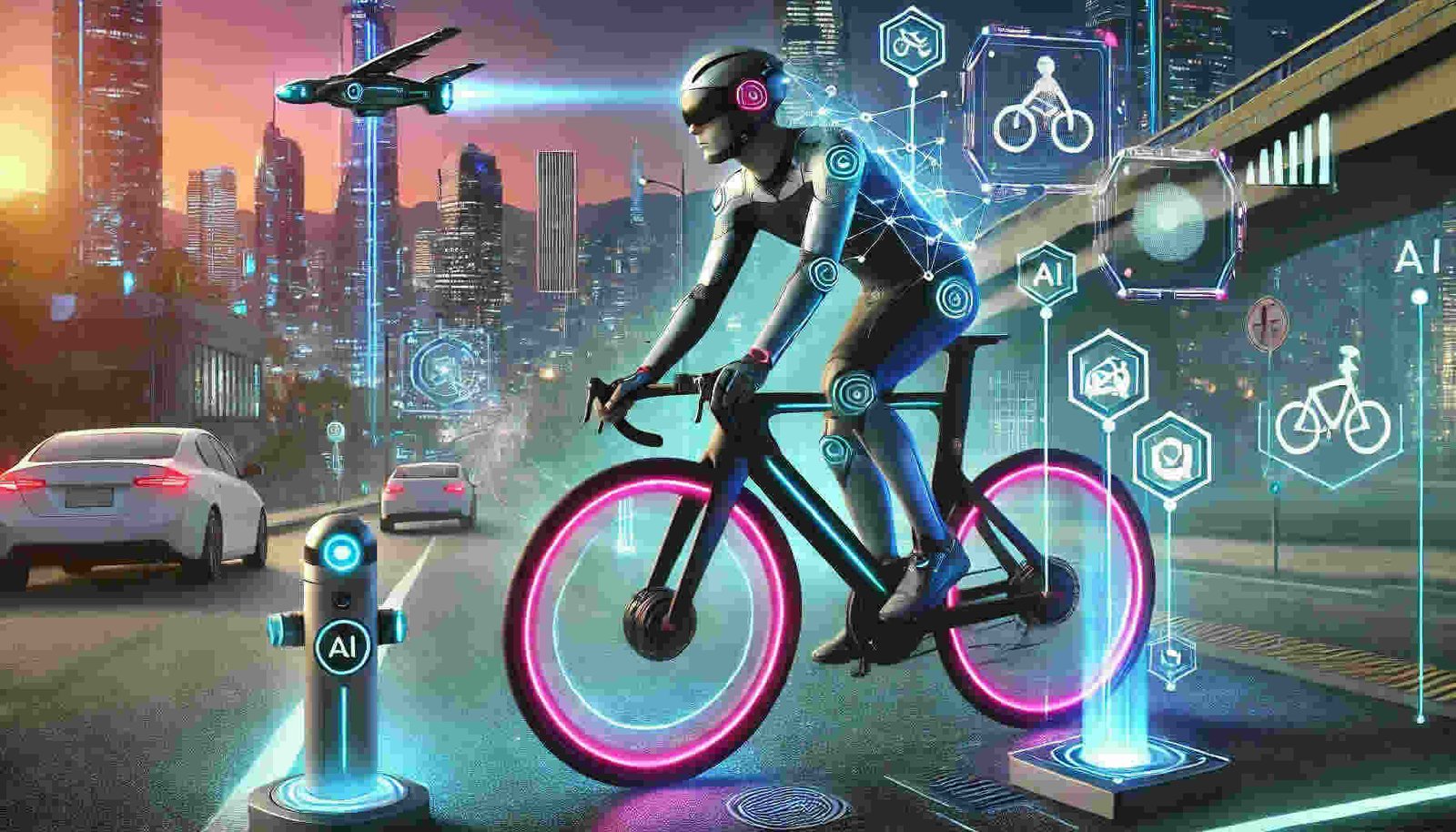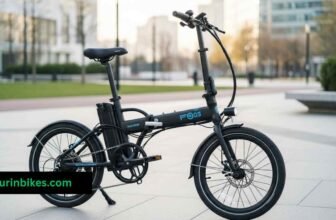
The world of cycling has always been a haven for innovation. From lightweight carbon frames to advanced gearing systems, technology continuously reshapes the landscape. But there is one lesser-known technological marvel that quietly improves the experience of cycling in ways you may not expect: Artificial Intelligence.
It does not stop at the frontiers of data analytics or route optimization; AI now enters the realms of creative fields, such as the use of an AI image generator to design special bike aesthetics, and practical uses that entail improvement in bike safety and its upkeep.
AI Image Generators: A New Era of Customization
Some cyclists love to customize their rides, be it in color scheme, decals, or overall design. A bike often reflects its owner’s personality. Enter the AI image generator, a tool that will make those imaginative ideas come to life. These are generators that use machine learning algorithms in creating unique designs, allowing cyclists to visualize custom paint jobs before committing to them and experiment with creative decals or logos.
Design to suit their taste or brand identity.
For instance, think of taking an AI image generator and designing a model inspired by your favorite landscape, from the rolling hills of Tuscany to the bustling cityscape of Turin. The AI will then process your inputs regarding colors and patterns and present visually stunning results. This technology makes sure your bike becomes a unique masterpiece.
Improving Safety by Means of AI
Safety is paramount for cyclists, especially in urban settings. AI plays a critical role in making cycling safer through:
Smart Helmets: Helmets equipped with AI can detect impacts, alert emergency services, and provide real-time navigation.
Collision Avoidance Systems: Sensors on bicycles use AI to warn riders of potential hazards, like nearby vehicles or obstacles.
Predictive Maintenance: AI-powered tools can monitor bike components, predicting wear and tear before it becomes a problem.
These are particularly helpful for people who cycle in busy areas or during long-distance tours.
AI and Performance Optimization
For the competitive cyclist, performance is everything. AI can analyze vast amounts of data to provide insights unimaginable previously. Here’s how it works:
Training Analysis: Wearables track vital signs, such as heart rate, cadence, and power output. AI then takes this information and makes suggestions for personalized training.
Route Optimization: AI-powered apps can suggest routes according to traffic flow, elevation, and personal preferences.
Nutrition Planning: AI tools can develop a personalized nutrition plan to optimize performance for races or long rides.
By integrating AI into their training regimen, cyclists can push their limits while minimizing risks of overtraining or injury.
Designing the Future with AI
The cycling industry itself is beneficiary to AI-driven innovations. Manufacturers employ AI tools to:
Optimize Bike Designs: AI is enabling engineers to virtually test a range of frame geometries and materials, accelerating the design process.
Enhance Production Efficiency: Smart factories use AI to manufacture precisely, reducing waste and costs.
Personalize Customer Experience: Retailers are deploying AI to make personalized recommendations based on customer preferences and riding behavior.
Imagine walking into a bicycle shop where an AI system analyzes your riding style to recommend the perfect bike setup. The result? A seamless shopping experience that ensures your new ride fits like a glove.
The Artistic Side of Cycling
Beyond functionality, cycling is an art form. The interaction between man, machine, and the road is a certain poetry in itself. AI can add to this artistry. As an example, cyclists can take the help of an AI-generated image for creating striking visual elements for events, blogs, or social media posts. These tools make it easier than ever to celebrate and share the beauty of cycling.
Moreover, AI is inspiring a new generation of cycling enthusiasts. By blending creativity with technology, it showcases the limitless possibilities within the cycling community.
Conclusion
Artificial Intelligence is fundamentally transforming our approach to sustainability, serving as a bridge between innovation, creativity, and practical solutions. From optimizing energy consumption to enhancing recycling processes, AI empowers businesses to minimize their environmental impact and individuals to adopt more eco-conscious lifestyles.
For businesses, AI-driven insights can identify inefficiencies, streamline operations, and reduce waste, paving the way for a more sustainable economy. On a personal level, AI tools such as smart home technologies, energy monitoring apps, and even AI image generators inspire individuals to make greener choices and reduce their carbon footprint.
As we continue to explore the possibilities offered by these advanced technologies, the relationship between AI and sustainability will undoubtedly lead to groundbreaking opportunities. From AI-powered renewable energy systems to advanced environmental monitoring, the integration of AI holds the promise of a greener, more sustainable future for all.
Ready to ride into the AI-powered era?
Meet Sachin Kumar, an avid cyclist and bike enthusiast with a passion for two-wheeled adventures. At our Turinbikes site, Sachin shares expert insights, thrilling ride experiences, and tips for fellow bike lovers.






